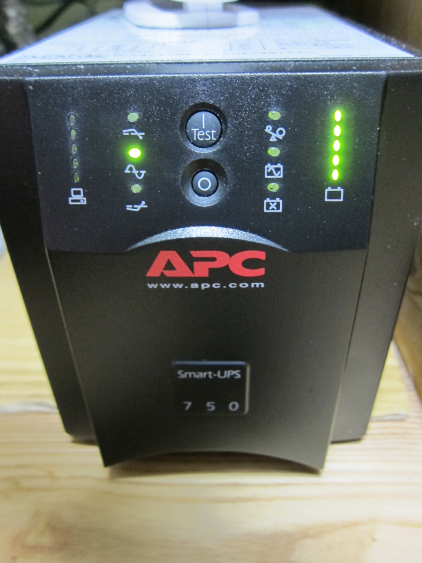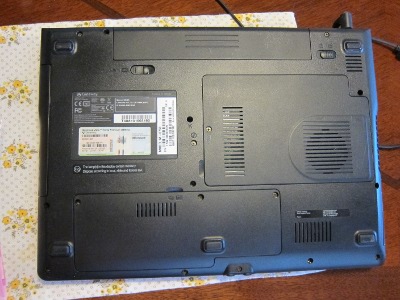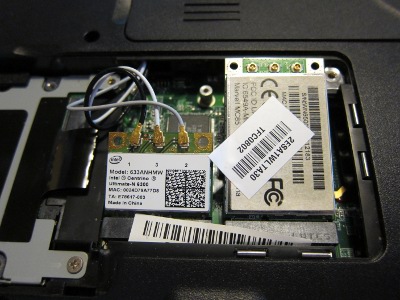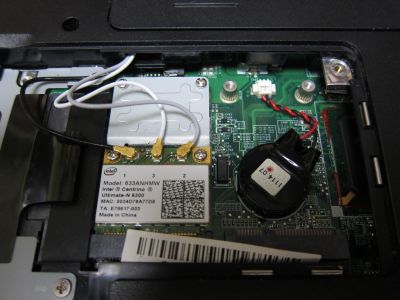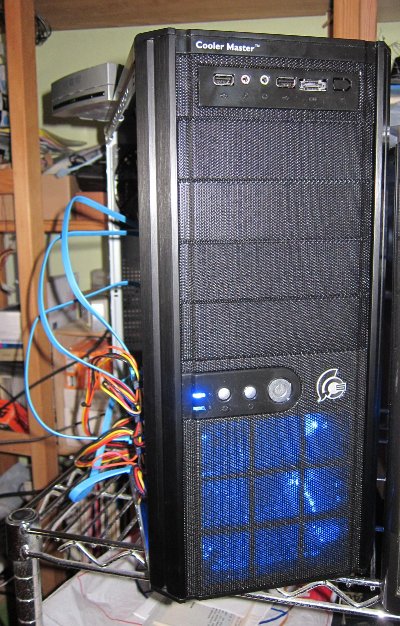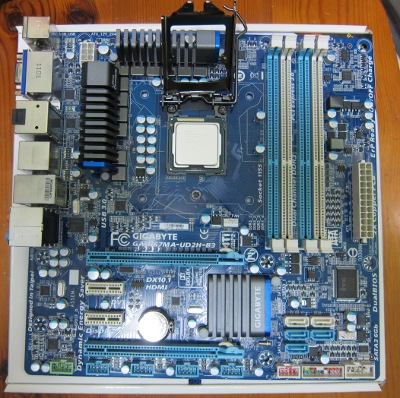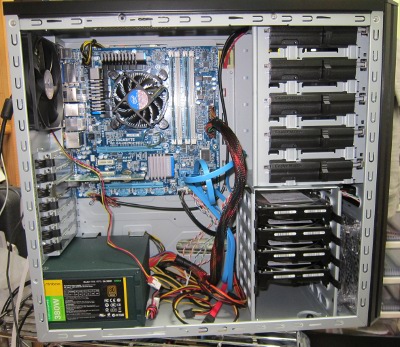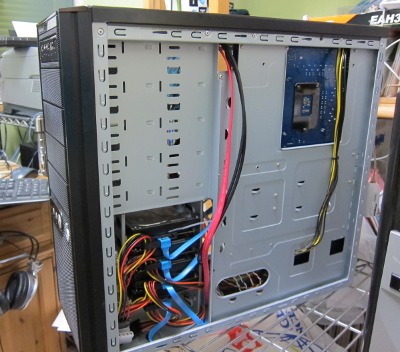I’ve had my first week with my new Garmin Edge 500 with cadence sensor and premium heart rate monitor strap, so it’s time for a review. I bought it on Wiggle for about JPY 24,500 ($274).
Around the time I bought the Garmin Edge 500, the new Edge 510 came out. It adds a touch screen, wireless connectivity to a smartphone and various nifty new features, but is also more expensive, so I went for the existing 500.
I switched to the Garmin after more than a year and over 8,000 km of GPS logging using Android phones, mostly my Google Nexus S. Here are my first impressions (the cadence sensor in the bundled set is installed on my son’s bike for use with his 500, so it’s not part of this review):
- I really love being able to use a heart rate strap and it’s nice to be able to see the HR figure without having to push a button (daylight permitting). I can ride at a consistent effort level, avoiding both effort too light to build stamina and extreme effort that would lead to premature exhaustion. If money were no object, a power meter would work best (which the Garmin supports). A heart rate monitor is an inexpensive alternative that works for most cyclists wanting to improve their performance.
- Because of its barometric altimeter the elevation totals are much more meaningful on the Garmin than on the GPS-only phone, where they may be exaggerated by a factor of 2 to 3. Current altitude data on the Android is OK, but small variations add up too much and grades on climbs and descents may be overestimated.
- I love the 90 degree turn quick attach / quick release of the Garmin. It feels both secure and convenient. It is more confidence inspiring than the Minoura iH-100-S phone holder for my Android, which is generally reliable, but not 100% bulletproof. Even after using a bumper for the phone, which has improved the grip of the holder, I’ve had a few instances where on bumpy roads only the USB cable attached to the phone saved my day. I would never entrust my $300 phone to the Minoura without some kind of backup method of attachment, while I feel safe about the Garmin’s mode of attachment.
- Importing the rides into Strava or Garmin Connect after the ride is really easy. I just connect the Garmin to the USB cable of the PC and click “upload” on the website in the browser and the browser plugin finds the fresh tracks and uploads them. Assigning a name is marginally easier with a real keyboard than a soft keyboard on the Android Strava app. With the smartphone I could also upload rides while I’m on the road, but why do that if I’ll still add more kilometres until I get back home? That would only be a benefit on a multi day tour without laptop.
- One drawback of the Garmin is lack of direct Linux support. My son runs Ubuntu on his laptop, while Garmin only officially supports Microsoft Windows and Mac OS X, so he asked me to upload his activities on one of my PCs. There’s a workable solution though. When you connect the Garmin to a USB port on an Ubuntu machine, it gets mounted as a removable volume named “GARMIN”. In there is a folder called Garmin, with another folder Activities inside which contains all logged rides as .fit files. Copy those to your hard disk and then upload them manually from a browser (Strava supports .gpx, .tcx, .json, and .fit files).
- When leaving the house, both the Garmin and the Android take a short while to lock onto the satellites and the Android seems to have something of an edge (excuse the pun) over the Garmin, which does seem to take its time. Maybe that’s because the Android pull pull satellite position data off the web, while the Garmin can only use whatever data it captured before. In one unscientific test, I took my Android and my Garmin outside in the morning. The Android had a satellite lock in 15 seconds while the Garmin took a more leisurely 44 seconds. This is a minor issue to me compared to the next one, GPS precision.
- While I have seen better GPS results on some rides from the Garmin than the Android, switching from the latter to the former has not been a dramatic improvement. I think their results are still in the same class, i.e. far from perfect, especially in built-up areas. Neither is like my car GPS, which is pretty solid. Both my son and I have been riding on Strava segments in Tokyo, expecting to be ranked but found the segment didn’t show up because the plotted route was slightly off to the side, so the segment start or end didn’t match up.
- Having temperature data on the Garmin is nice, but not really important to me. Unlike heart rate and cadence it’s not feedback that you can use instantly in how you cycle. Your body is a temperature sensor anyway and how you dress is at least as important as the absolute temperature.
- The Garmin 500 battery is supposed to last “up to 18 hours”, which would cover me on everything but 300 km and longer brevets, but on any significant rides I tend to take my Android phone, which I use for Google Maps, e-mail, SMS and yes, even the occasional phone call. Using an external 8,000 mAh battery for the Android, battery life has not really been an issue. The same battery will charge either device (one at a time), provided I take both a mini and micro USB cable with me.
Summary
If my Android had an ANT+ chip or supported BTLE (BT 4.0) for using a heart rate monitor as well as a barometric altimeter, then it would still be my first choice for logging bike rides. Given the limitations of my phone and the reasonable price of the Garmin Edge 500 I am very happy with my purchase.

